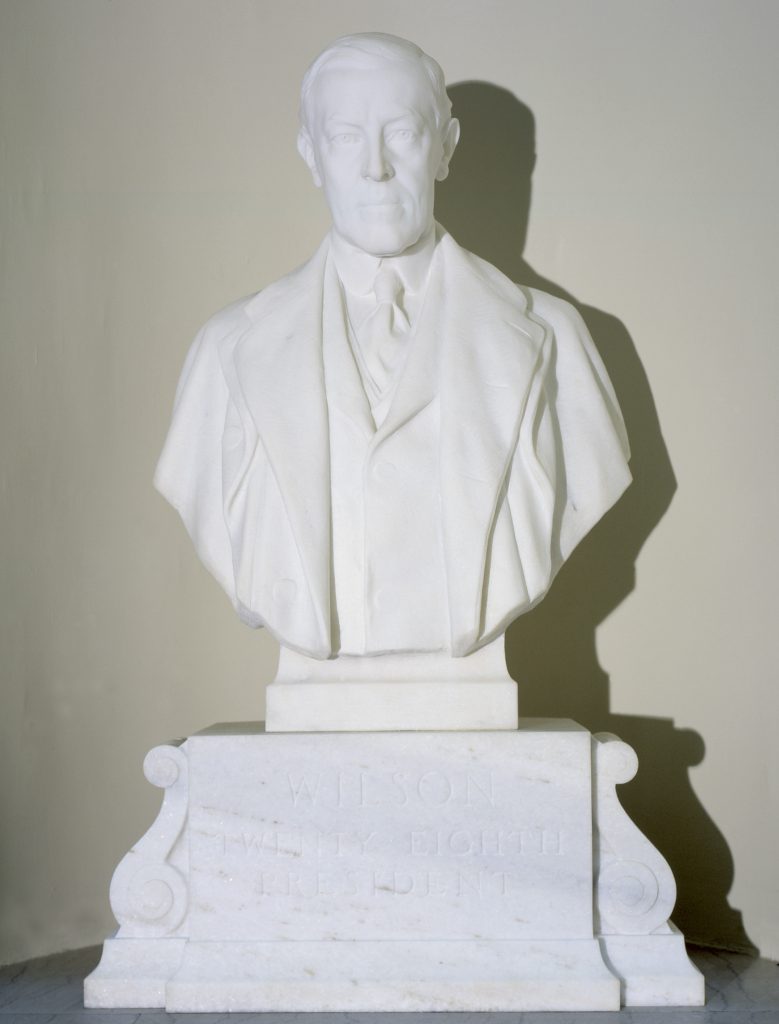State Art Collection 1931.3-7, 9-10
1931
7 busts. Marble.
Average: 35” high x 24” wide x 17” deep
Today’s visitors to the rotunda at the Virginia State Capitol are unlikely to consider how the seven marble busts depicting Virginia-born presidents came to sit in niches along the walls. The busts seem to be a natural addition to the space, complementing the design and decorations around them. Unlike most works in the State Art Collection, however, the busts are the result of a single act of legislation and the efforts of one governor, John Garland Pollard, who made their acquisition an objective for his new administration.
The rotunda of the Virginia State Capitol has housed two important pieces of statuary since 1796—the full-length marble statue of George Washington and the marble bust of the Marquis de Lafayette, both by French sculptor Jean-Antoine Houdon (1741–1828). Prior to 1930 there was no clear policy or plan to fill the eight architectural niches. The State Art Commission attempted to create some guidelines in 1917 when proposals to add commemorative bronze plaques to the rotunda came before the General Assembly. The commission stipulated that only busts should go in the niches, and that only marble should be used, as bronze would “detract from the beauty of the rotunda interior.”
In 1926 the General Assembly asked the governor to appoint a committee to create a list of names of “Virginia’s most distinguished and illustrious citizens” to honor with a bust in the rotunda. At the time, four of the eight niches were filled with the busts of Lafayette, John Marshall, Fitzhugh Lee, and J. E. B. Stuart. As the committee apparently never made a report, it is unclear what they envisioned for the space and whether or not they wanted to replace all or some of the existing busts.Against a backdrop of national enthusiasm for the approaching Washington Bicentennial of 1932, Pollard and the General Assembly tasked yet another committee with the same issue in 1930. This time the committee presented a proposal to the House of Delegates for the busts to honor the other Virginia-born presidents: Thomas Jefferson, James Madison, James Monroe, William Henry Harrison, John Tyler, Zachary Taylor, and Woodrow Wilson. “With the illustrious Washington in marble […] surrounded by the great men from Virginia who have filled the office of President,” they wrote, “this hall of presidential fame would bring visitors from all parts of the United States into a realization of what Virginia has contributed to the nation.”
An Act of Assembly from March 8, 1930, formalized the proposal, with the stipulation that the busts be of uniform size and made of white marble. The governor and the State Art Commission would oversee the procurement of the busts, but the funds would be provided by organizations or individuals with a connection to the subjects. Governor Pollard quickly began soliciting sponsors for what the press called “Presidents’ Hall” or “Virginia’s Hall of Fame.” While relatives sponsored the busts of Zachary Taylor, James Madison, and William Henry Harrison, the bust of James Monroe was funded by the industrialist Jay Winston Johns, who had bought the president’s former home at Ash Lawn (now known as Highland). Philanthropist Jessie Ball DuPont donated the bust of John Tyler, and Woodrow Wilson’s was a gift of family friends Louis and Mary Vanderpool Pennington. Thomas Jefferson’s bust was paid for by a group of French citizens, and, appropriately for the rotunda, was modeled by artist Attilio Piccirilli after a Houdon original.
In addition to Piccirilli, the sculptors Frederick William Sievers, Chester Beach, Charles Keck, and Harriet Whitney Frishmuth contributed works to the collection. As the pieces were completed, each received a grand unveiling, beginning with a re-dedication of Houdon’s Washington on May 14, 1931. The final ceremony, for Woodrow Wilson’s bust, took place on November 11, with the president’s widow in attendance.
By 1932, Lafayette was the only nonpresident left in the rotunda. Governor Pollard, who had seen his “Hall of Fame” completed, had no qualms about suggesting that, “When another Virginian is elected to the presidency, […] we shall go to the eighth niche and say, ‘Lafayette, we are here.’”
Arrangement and access: Placed in the niches in the rotunda of the Virginia State Capitol. The Capitol building is open to visitors Monday through Saturday 9:00 a.m. to 5:00 p.m., and Sundays from 1:00 p.m. to 5:00 p.m. Small groups may take self-guided tours; guided tours are available during operating hours. Visitors enter the Capitol at the Main Entrance at 10th and Bank Streets. Closed Thanksgiving, Christmas, and New Year’s Day.
Provenance: Authorized by Act of Assembly, 1930. Funded by private donors.
References:
“Bust of Lafayette is Sufferance Tenant.” Richmond Times-Dispatch, November 20, 1931.
“No More Bronzes in Capitol Rotunda.” Richmond Times-Dispatch, February 11, 1917.
“‘Presidents’ Hall’ Completion is Aim of Governor of Virginia.” Richmond Times-Dispatch, June 16, 1930.
“Radio Hookup to Broadcast Bust Unveiling.” Richmond Times-Dispatch, May 8, 1931.
Virginia. General Assembly. House of Delegates. Journal of the House of Delegates of the Commonwealth of Virginia. Richmond: Commonwealth of Virginia, 1926.
Virginia. General Assembly. House of Delegates. Journal of the House of Delegates of the Commonwealth of Virginia. Richmond: Commonwealth of Virginia, 1930.
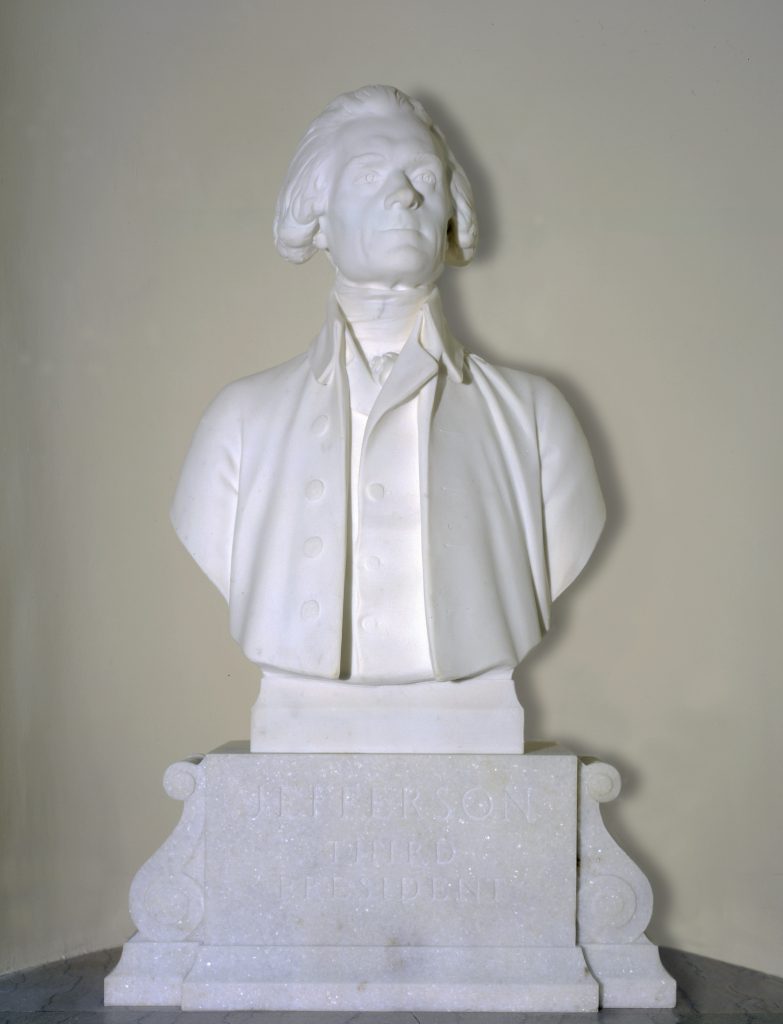
Thomas Jefferson 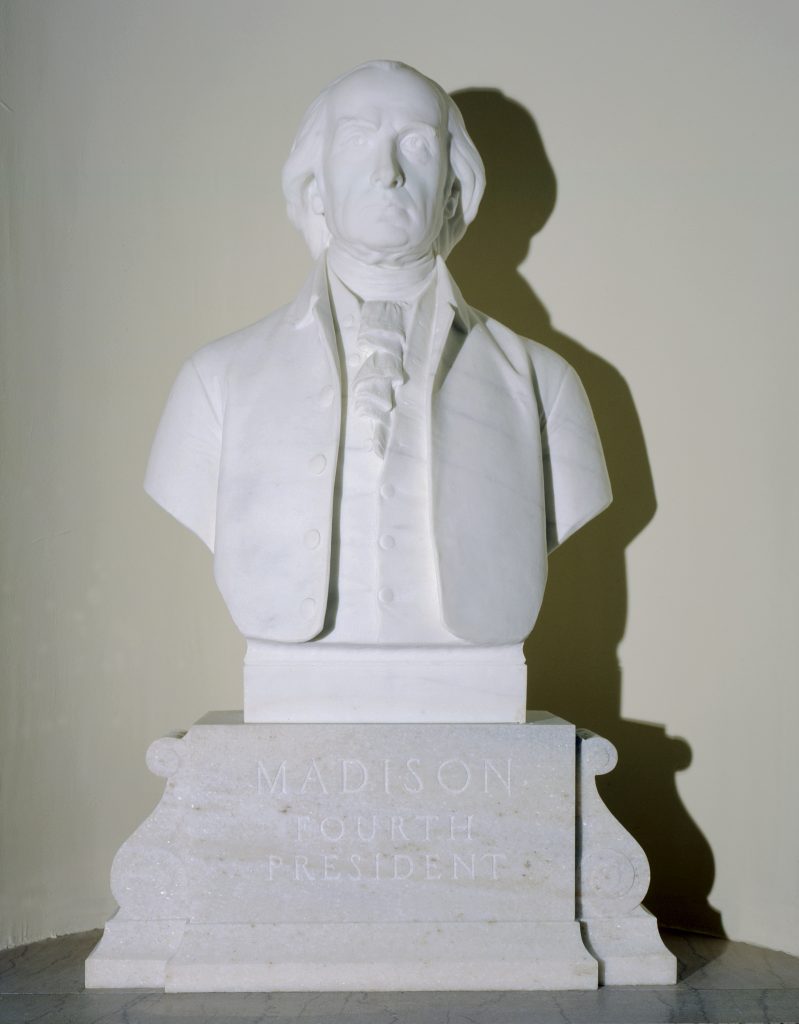
James Madison 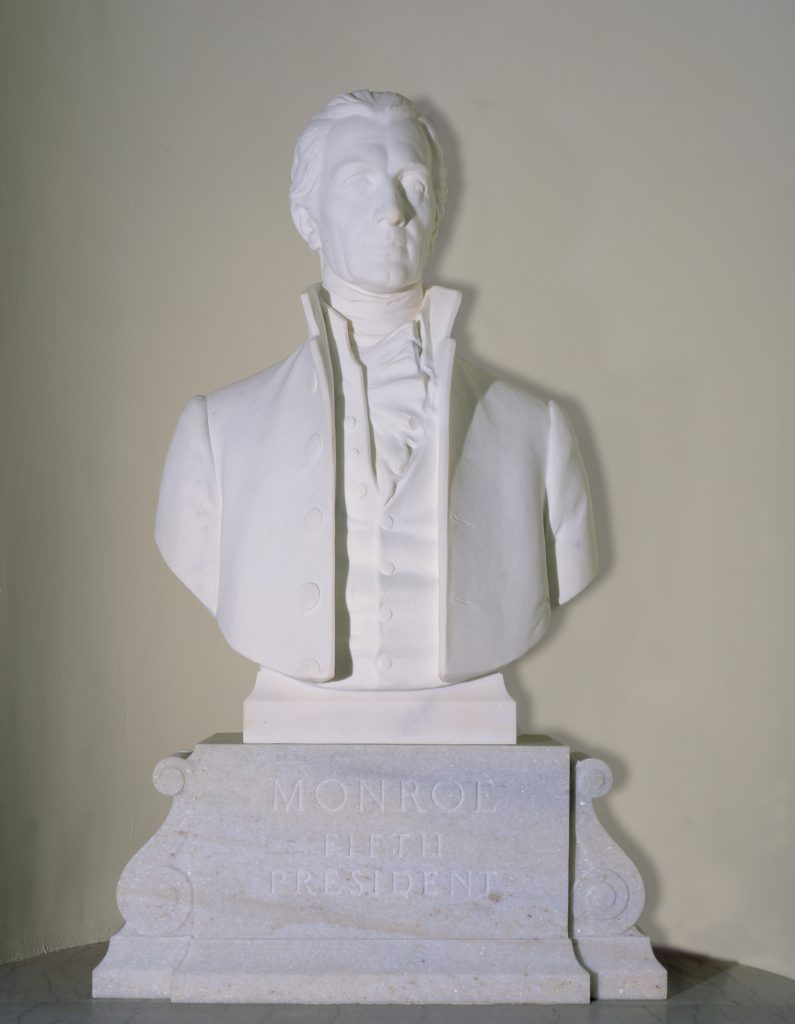
James Monroe 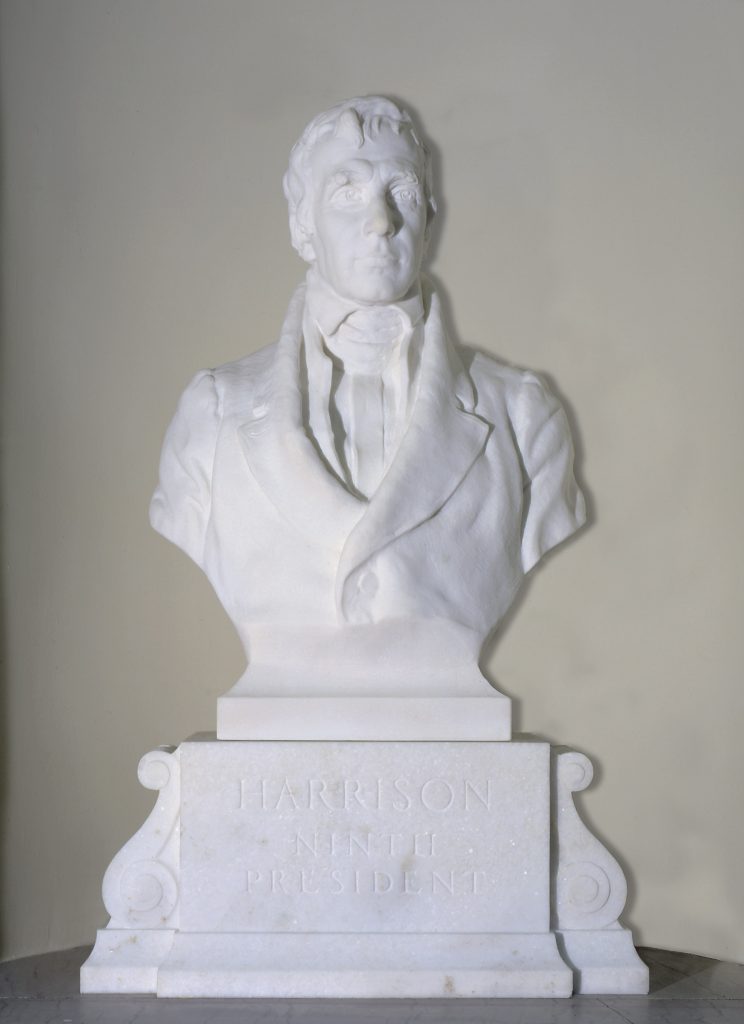
William Henry Harrison 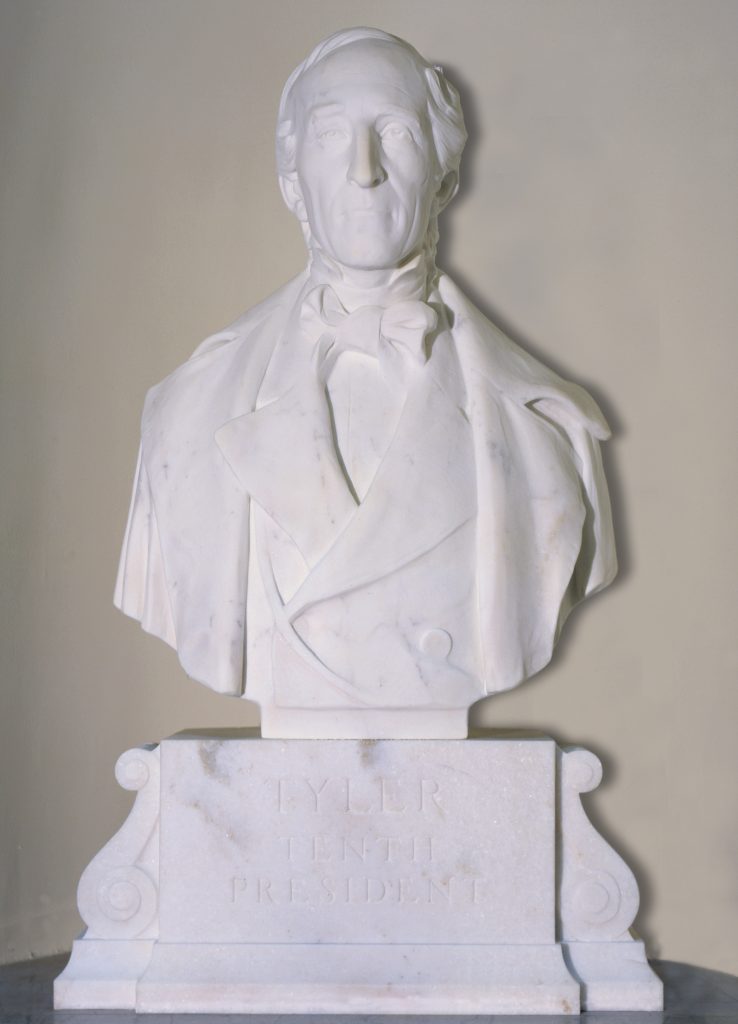
John Tyler 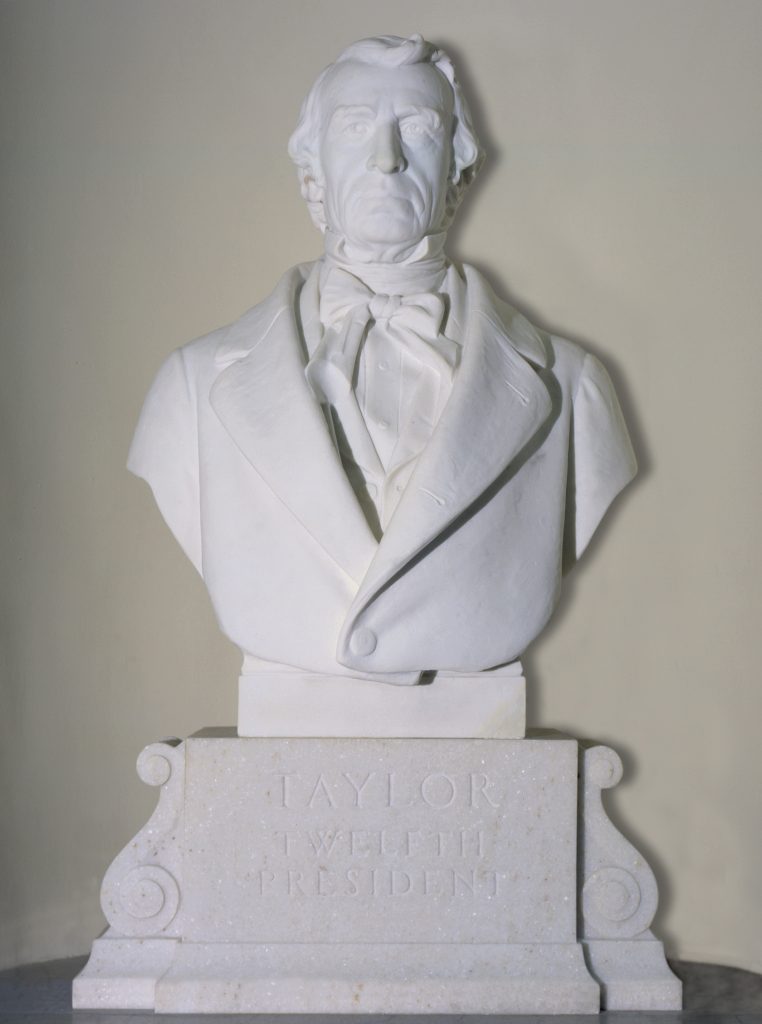
Zachary Taylor


